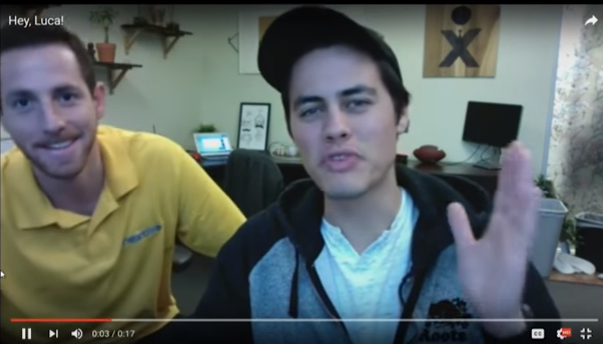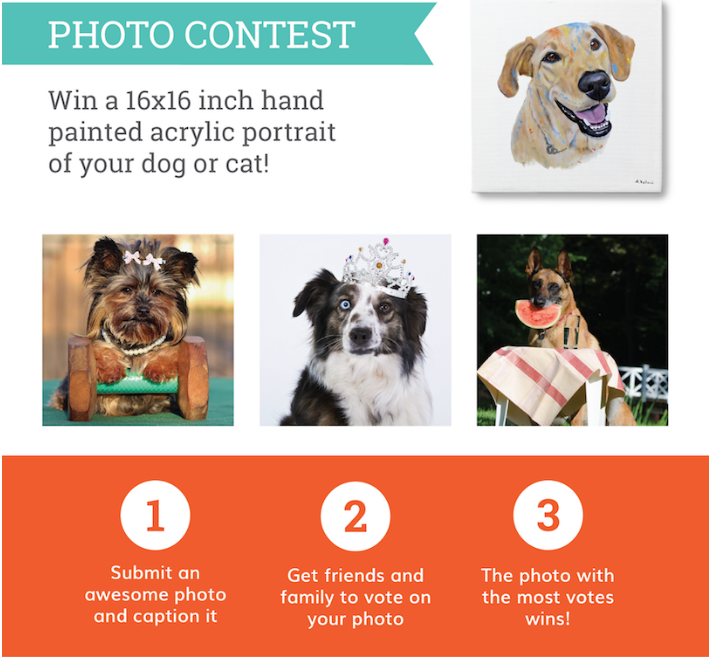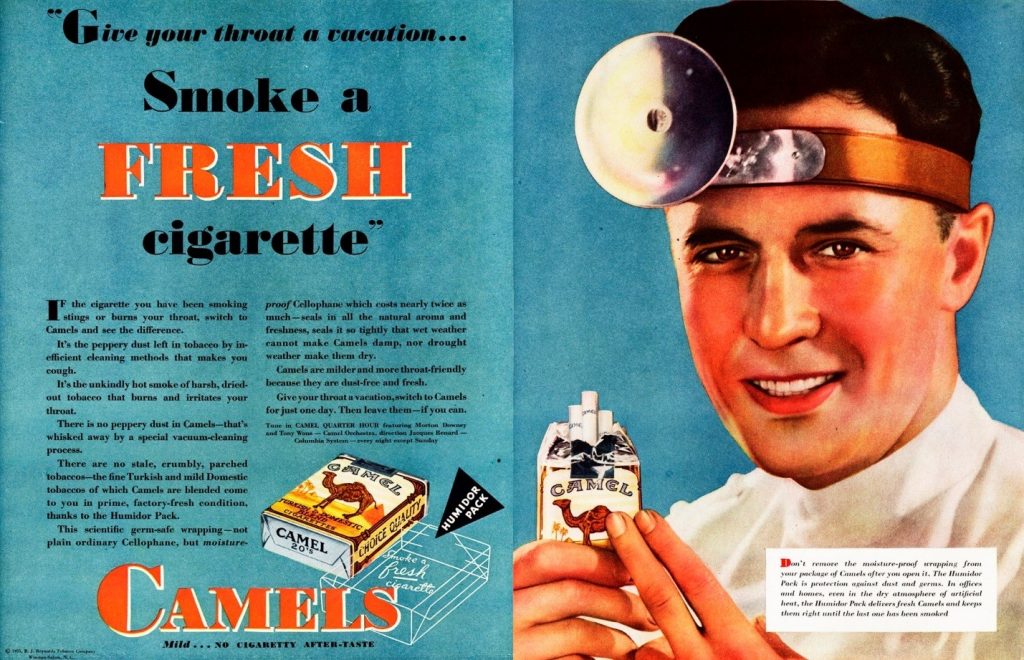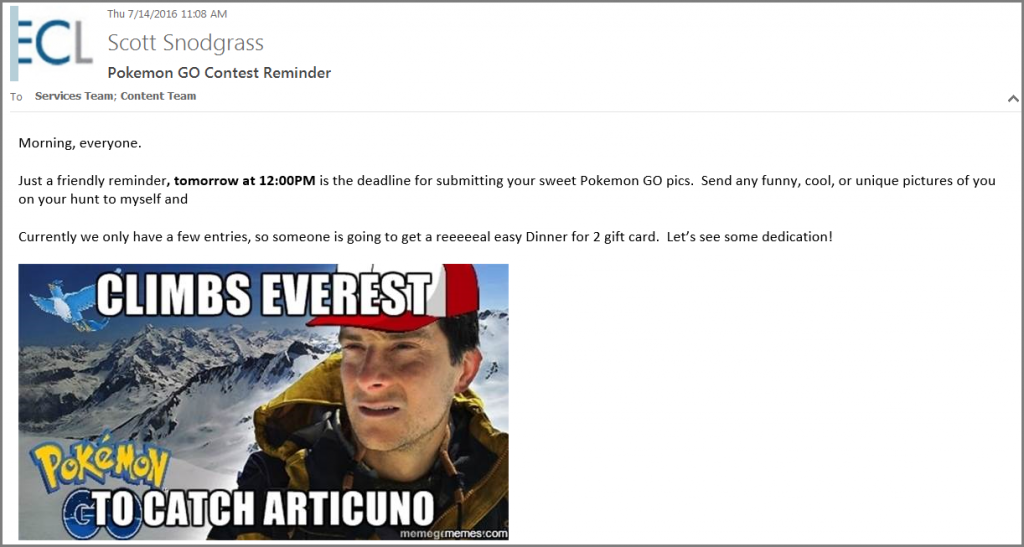There’s a common misconception that B2C marketers get to have all the fun. Learn how to kick off your B2B marketing shackles and grow your business with these five inbound marketing hacks, taken from six proven case studies with your peers.
Hack #1. Cannibalize your content
When it comes to content marketing, robbing Peter to pay Paul isn’t going to get you fired. It might even get you promoted.
If robbery and cannibalism harsh metaphors for you, consider it recycling. Saving your marketing team’s environment one piece of content at a time.
When your social media team creates a cool and valuable infographic, don’t just let it die after it moves down the Facebook wall. Shock some electricity into it, call it reborn, and send it out in an email send. Build a blog post around it. Heck, build a white paper around it and drive downloads.
A great example of this tactic is what SAP was able to do in building a full complement of industry-specific white papers, infographics, blogs, surveys, presentations and email promotions for its 19 industries.
While the customer-focused team at SAP wanted the content to be specific to each industry, within that industry, they wasted nothing and converted information to appeal to people’s different preferences for digesting information.
Read the full case study: Inbound Marketing: How SAP drove 9 million impressions with targeted content campaign
Hack #2. Remember that you’re talking to a person, not an entity
When developing campaigns, remember that while you technically cater to businesses, you’re actually talking to one, or maybe just a handful of people.
In other contexts, they’re B2C consumers, and are beginning to expect that type of human-to-human communication from you as well.
Take Nextiva, a cloud-based communications company, that deals with companies that range from “your local mom and pop shop to fortune 500 companies with thousands of employees,” according to Max Anderson, Video Producer, Nextiva.
The company dedicated itself to stellar customer service as a way to set it apart from competitors, which they found difficult to do over the phone. So Nextiva decided to break the barriers of traditional B2B customer service and began recording personalized videos.

“In today’s digital age, it has become increasingly hard to provide a level of face-to-face interaction, and we have found that our video responses have helped bridge that gap,” Max said.
Read more…














